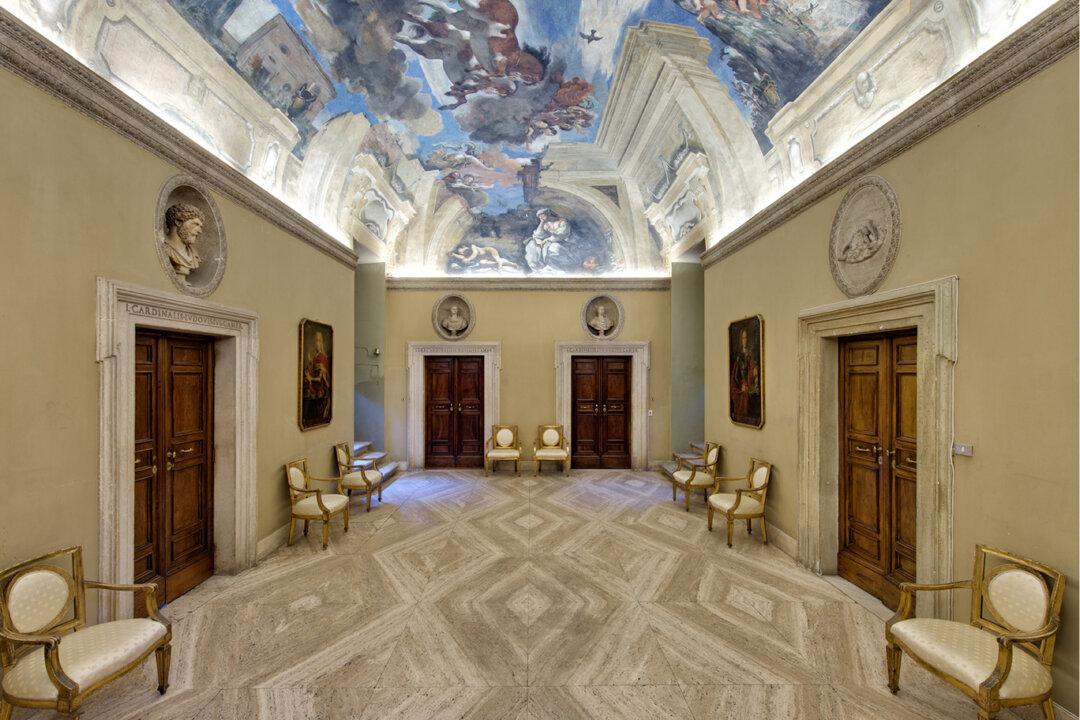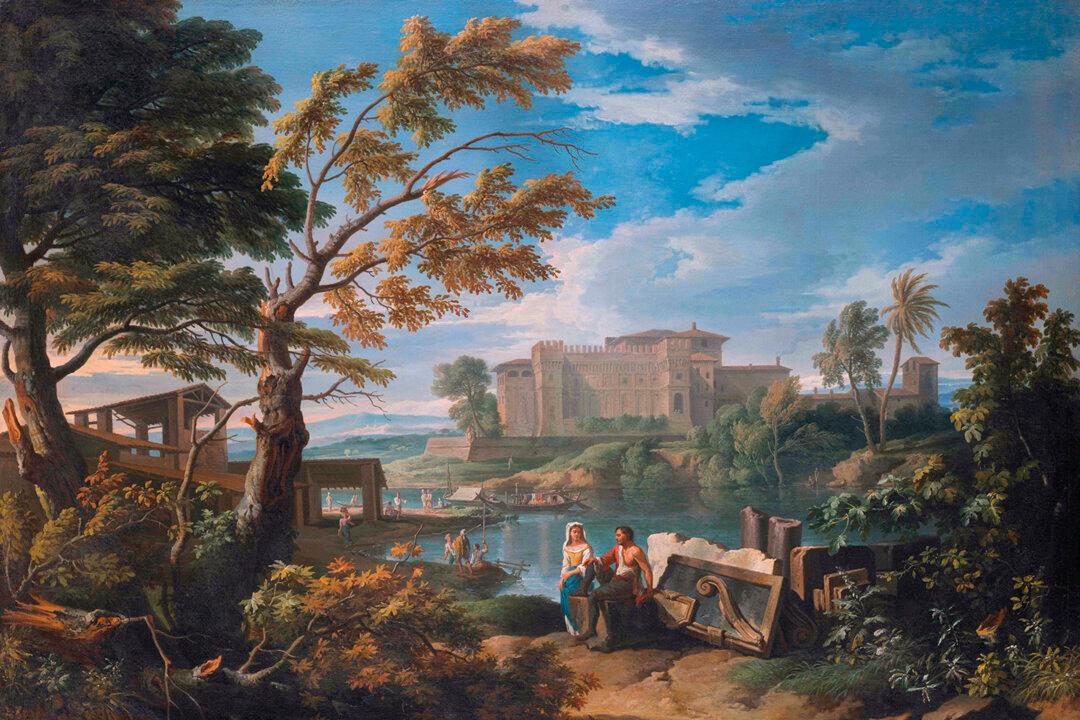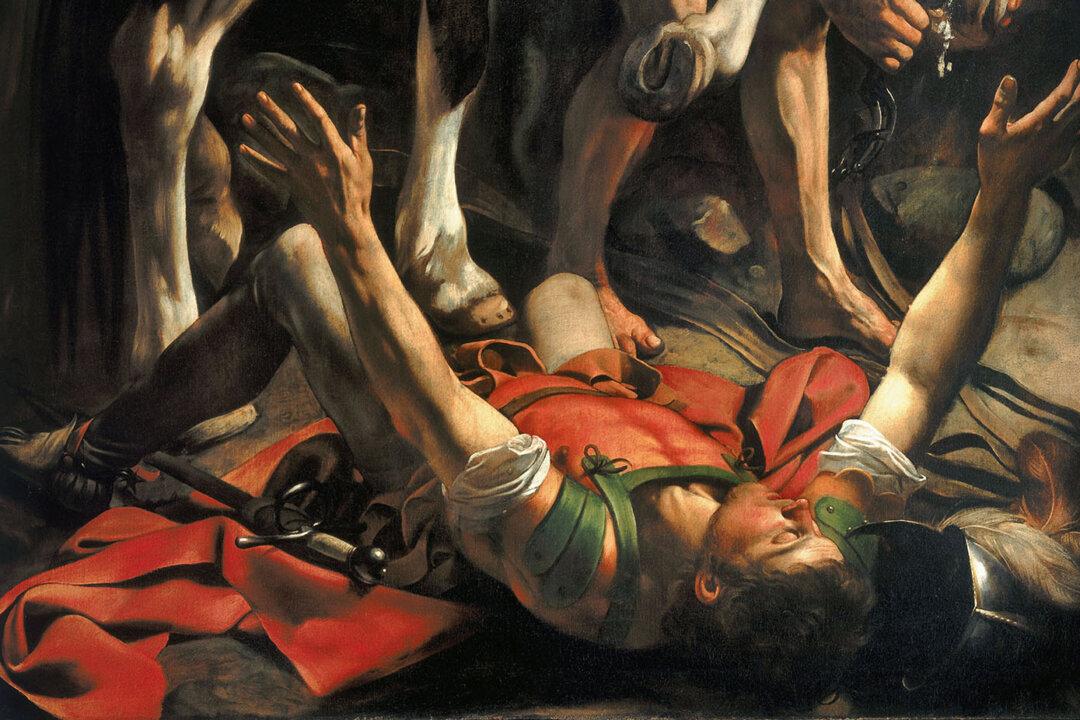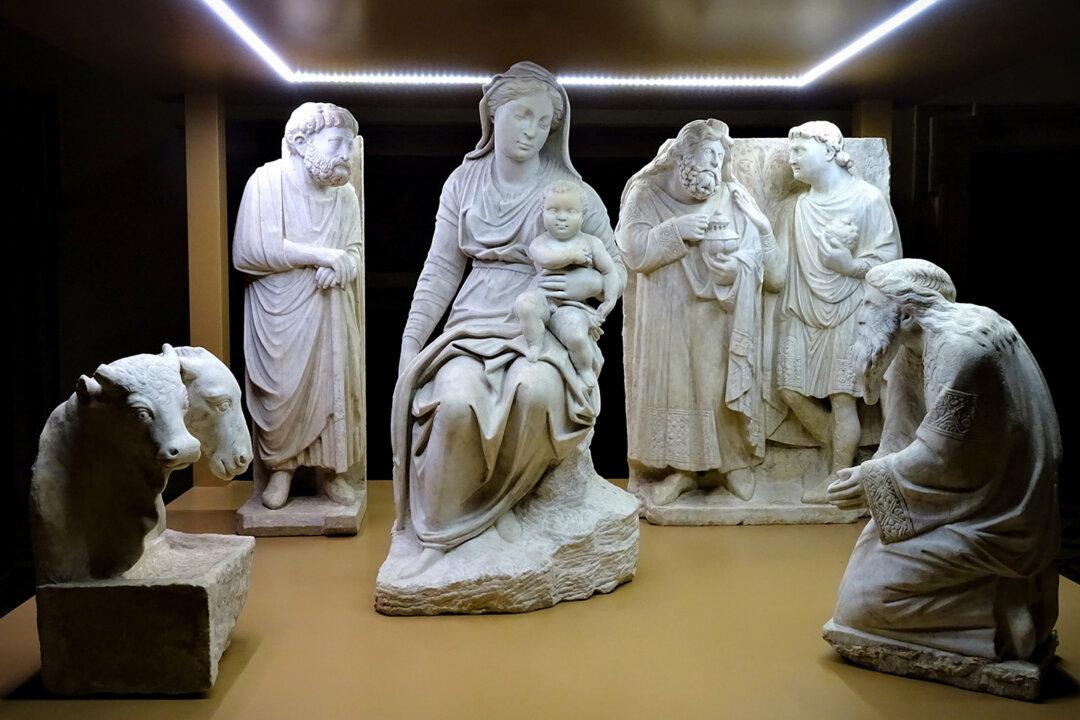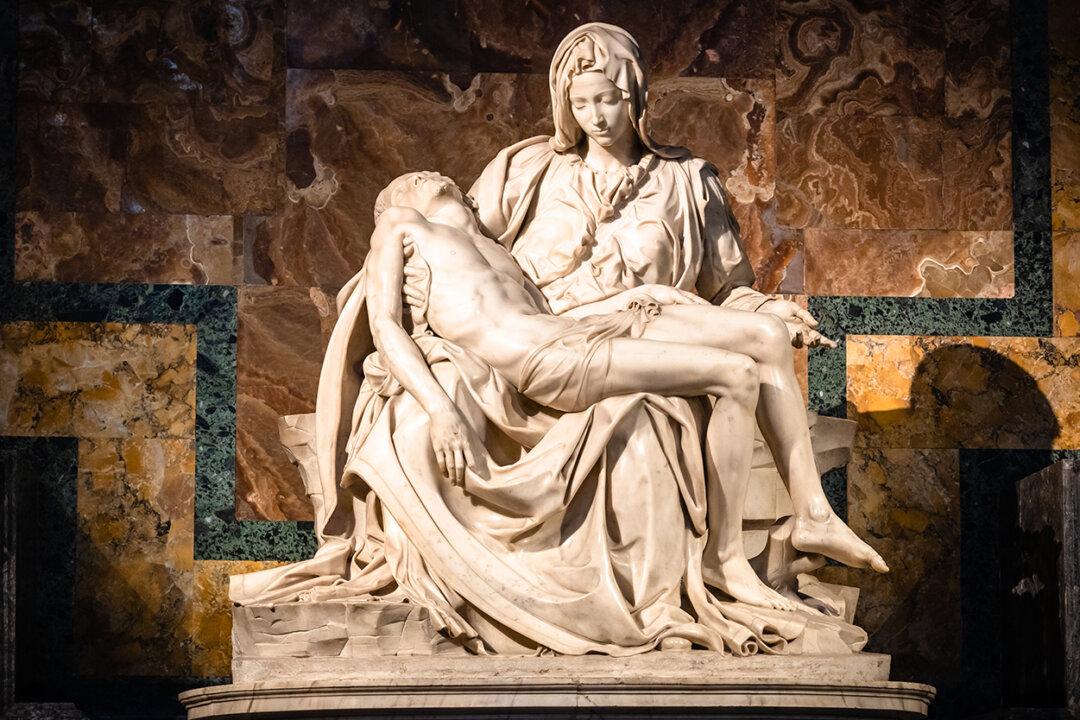Rome’s serene skies and stately buildings often serve to salve the wounds of its history. Layers of monuments and ruins conceal centuries of struggles and triumphs. Through its many rebuildings, the Eternal City seems to declare “Tomorrow’s another day.”
Villa Ludovisi Aurora is a case in point. Tucked away behind the grand hotels of the Via Veneto on the Pincian Hill, this little oasis shows little trace of the dramatic events and remarkable characters that have trod its grounds.

